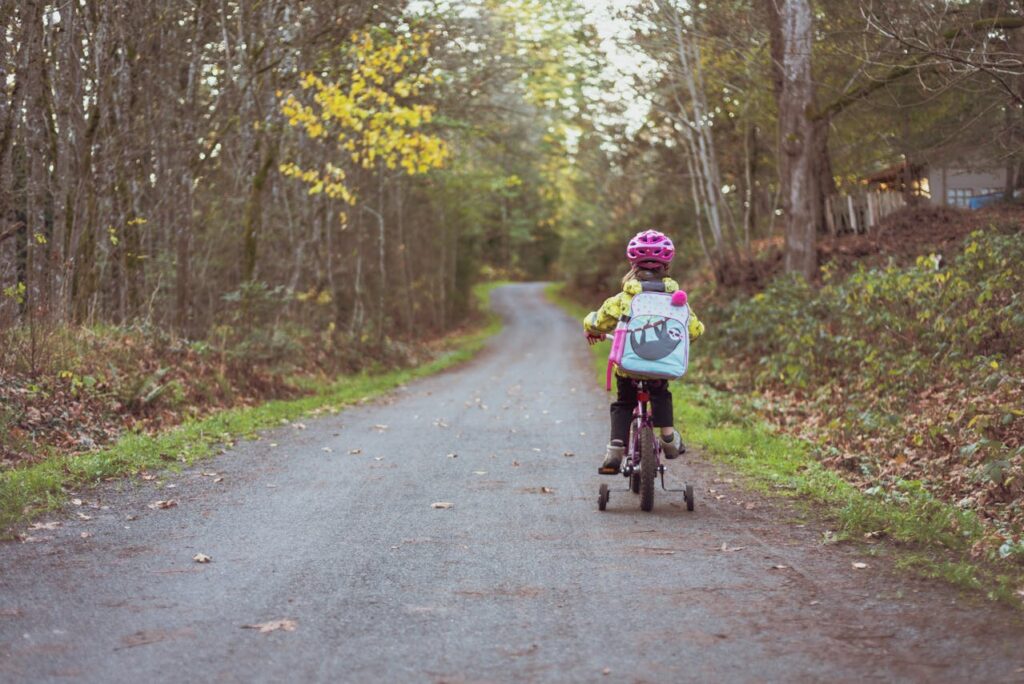Childproofing Your Home: A Comprehensive Guide to Safety for Every Room
Childproofing Your Home: A Comprehensive Guide to Safety for Every Room Ensuring the safety and security of our little ones is a full-time job, especially as they begin to explore the world around them with unbridled curiosity. For concerned parents, home is both a sanctuary and a potential minefield of hazards, from sharp corners to unsecured cupboards. This comprehensive guide is a must-read, jam-packed with practical advice and essential tips designed to transform your home into a safe haven for the most important member of your family. The Importance of Childproofing When it comes to child safety, there’s no overdoing it. From the moment your child starts to crawl and explore, ensuring a childproof environment is paramount. Accidents can occur in a split second and often silently; it’s estimated that a child’s hand to hand or head is treated in a U.S. emergency room every eight minutes due to a fall-related injury attributed to use of furniture or other items. Childproofing is multi-faceted. It includes preventive measures such as equipment installation and the establishment of safe habits. It also involves being alert to potential dangers and ongoing assessment of your home’s safety measures as your child grows, changes, and becomes more mobile. Room-by-Room Guide to Childproofing Each area of your home presents its own set of challenges and safety concerns. Here’s how to handle them like a pro, room by room. Living Room The living room should be synonymous with a child’s play paradise, but it can also be full of hidden dangers. Begin by securing your heavy furniture and TVs. Anchor bookshelves, TV stands, and anything else that could topple over, as these can be a major danger to children and are responsible for a large number of serious injuries each year. Keep cords from blinds and curtains out of reach, or opt for cordless options, and consider locking away any small objects that could pose a choking hazard. Kitchen The kitchen is filled with potential hazards, including hot surfaces, sharp objects, and toxic substances. Start by ensuring that all pot and pan handles are turned inward on the stove to prevent burns, and use the back burners when possible. Keep all cleaning products, knives, and other potentially harmful objects stored in high cabinets or drawers secured with appropriate locks. Bathroom The bathroom is often the wettest room but should never be a risk for drowning. Always keep toilet lids closed and use a toilet lock to prevent access. Additionally, a bathroom safety latch can help keep medicine cabinets and drawers secure. Nursery and Bedroom When it comes to your little one’s room, it’s all about creating a safe sleep environment. Place your crib well away from windows and, importantly, always use safety-approved screws and parts in assembling furniture and equipment. Stairs and Windows Stairs and windows are two of the leading hazards for children. Utilize safety gates at the top and bottom of your stairs and window guards to prevent falls, especially near an open window. Windows should only open enough to allow for ventilation; limit the opening to no more than 4 inches. Outdoor Areas Enjoying the outdoors is one of the best parts of childhood, but it should always be done with safety in mind. Fences should completely surround any pool or spa and be at least four feet high with self-latching gates. Swing sets and play areas should be placed on a soft play surface such as sand or mulch, and all equipment should be in good repair with no rusty or loose parts. Essential Childproofing Products and Where to Find Them Now that you know what areas of your home to focus on, it’s time to stock up on the necessary gear. Childproofing products are available at a variety of retailers, from large department stores to niche child safety shops. Here’s a list of must-have items to get you started: Safety latches and locks for drawers and cupboards Childproof doorknob covers Outlet covers to prevent electrical shock Baby gates for stairs and room-to-room safety Corner and edge bumpers for sharp furniture Additional Safety Measures Incorporating safety into everyday life through the use of educational tools and resources is a powerful way to reinforce the importance of childproofing. Setting a good example by using seatbelts and helmets and discussing safe behavior around the home can be just as beneficial as any physical barrier. It’s also a good idea to refresh your own knowledge of first aid and keep important numbers, like Poison Control, in an easy-to-find location. Teaching Kids About Safety and First Aid Children are naturally inquisitive and eager to learn. Teaching them about safety is an ongoing conversation. Use age-appropriate language and scenarios to help them understand the reasons behind the childproofing and encourage them to be a part of the process. When it comes to injuries, knowing basic first aid could make a life-saving difference. Simple lessons in how to clean a scrape or who to call in an emergency can help prepare them for a lifetime of safe choices. Conclusion Childproofing a home is an act of love and a testament to a parent’s commitment to their children’s safety. It’s not a one-and-done project but a series of steps to be integrated into your daily life. Regularly check your home for potential risks, update your child’s surroundings as they grow and explore more, and above all, remain vigilant. Remember, the most important element of childproofing is your dedication to being a mindful, responsive caretaker. Call to Action If you found this guide helpful, we encourage you to share your childproofing stories and strategies in the comments section below. By creating a community of parents who share the common goal of keeping our children safe, we can all learn from each other and improve our approach to home safety. Happy childproofing!

